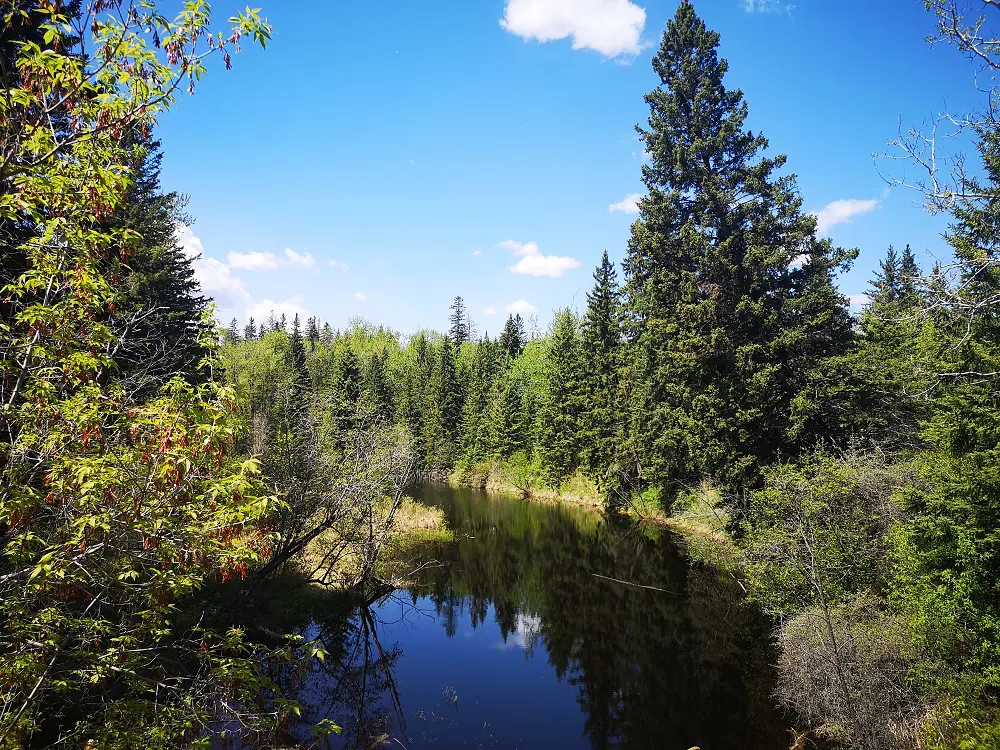Whitemud Creek Ravine is a remarkable stretch of urban wilderness nestled in southwest Edmonton, Alberta. As part of the expansive North Saskatchewan River Valley park system, this ravine offers a peaceful escape from city life while remaining easily accessible. Known for its rich biodiversity, scenic trails, and year-round recreational opportunities, Whitemud Creek Ravine is a favorite among nature lovers, fitness enthusiasts, and families alike. Whether you’re planning a leisurely walk, a vigorous bike ride, or a quiet moment of reflection, this natural gem has something for everyone.
This blog provides an in-depth look at everything Whitemud Creek Ravine has to offer. From its extensive trail system and wildlife habitats to the best access points and tips for your visit, consider this your complete guide to enjoying one of Edmonton’s most cherished green spaces.
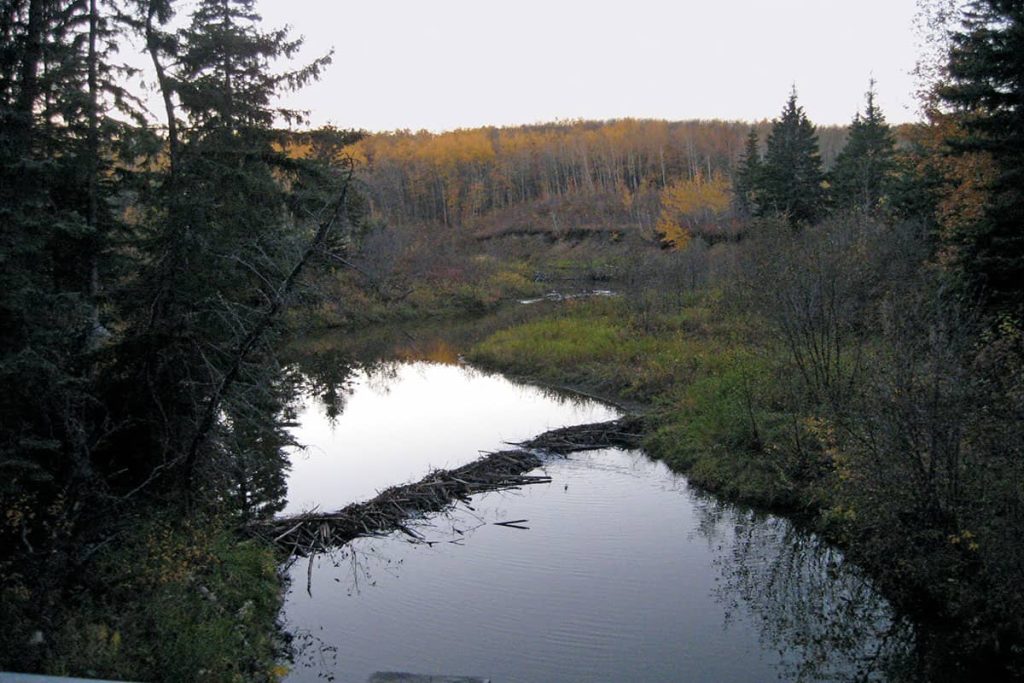
Introduction to Whitemud Creek Ravine
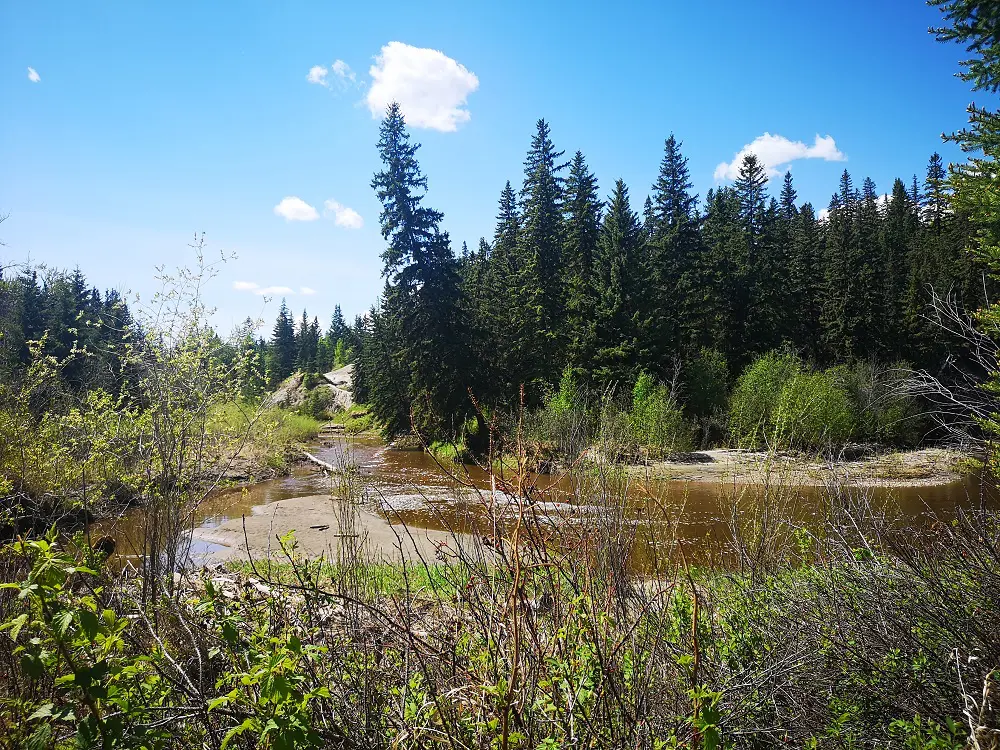
Whitemud Creek Ravine is more than just a natural corridor through the city; it is an ecological haven and a recreational treasure. Stretching over several kilometers, it follows the Whitemud Creek from its origin near Snow Valley Ski Club to its confluence with the North Saskatchewan River. The ravine passes through neighborhoods like Aspen Gardens, Magrath Heights, and Lansdowne, offering multiple entry points and varying trail experiences.
What makes this ravine unique is its ability to make visitors feel far removed from the hustle and bustle of urban life. Despite being surrounded by residential development, the ravine’s dense canopy, winding paths, and flowing creek create a tranquil environment that feels completely immersive.
Ecologically, the ravine plays an important role in supporting native plant and animal species. Mature forests of aspen and poplar trees dominate the landscape, while wetlands and open meadows add variety to the terrain. The presence of Whitemud Creek itself helps maintain this biodiversity by supplying a continuous source of water and supporting aquatic life.
For locals, Whitemud Creek Ravine is a place to walk their dogs, enjoy a jog, or simply unwind. For visitors, it offers a stunning introduction to Edmonton’s commitment to preserving natural green spaces.
Best Trails in Whitemud Creek Ravine
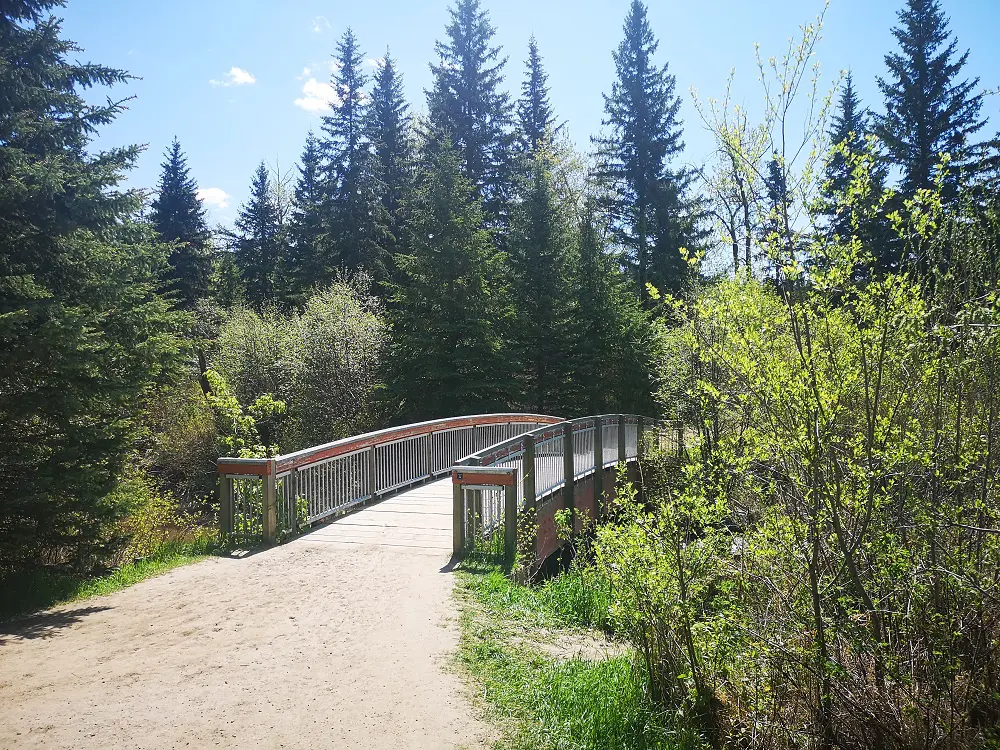
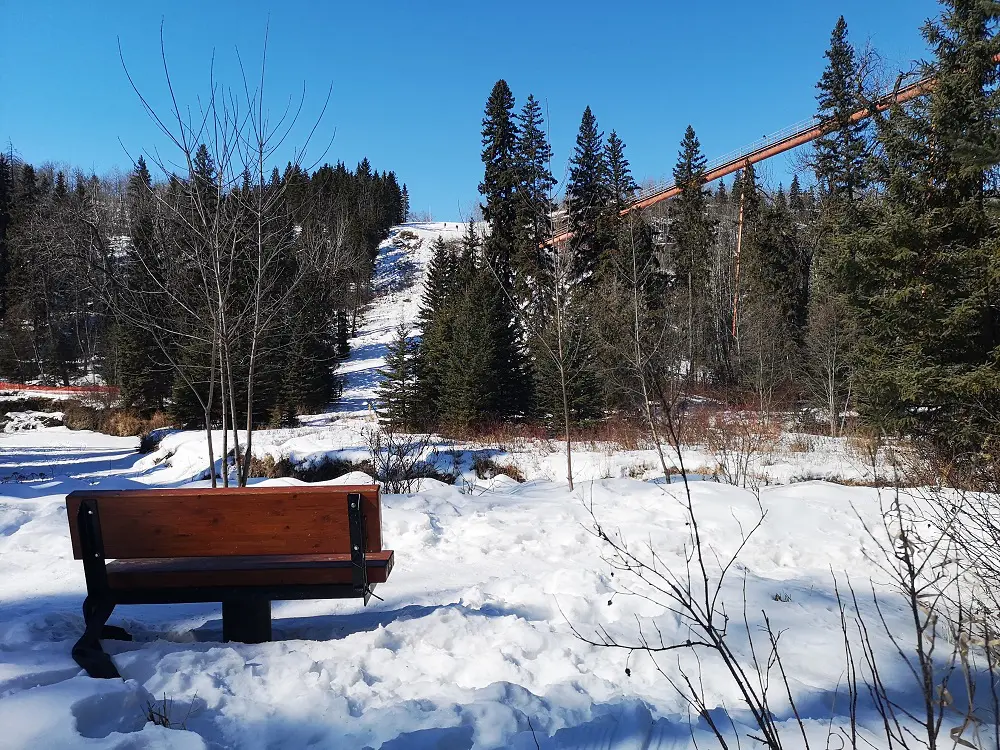
Whitemud Creek Ravine is home to an interconnected network of trails suitable for all levels of hikers, cyclists, and walkers. Whether you prefer paved paths or rugged natural trails, you’ll find a route that matches your comfort and interest level. Many of these trails are part of the larger Edmonton River Valley trail system, which means you can connect to other ravines and parks if you’re up for a longer adventure.
Whitemud Creek Trail (Main Trail)
The main trail runs alongside the creek and is the most popular route in the ravine. This out-and-back trail is well-maintained, with gravel and dirt surfaces that meander through forested areas and across charming wooden bridges. The elevation is minimal, making it accessible for walkers and beginner hikers. Scenic views of the creek, birdsong from above, and the occasional wildlife sighting make this trail a sensory delight.
Snow Valley to Rainbow Valley
This trail segment is ideal for families and those seeking a shorter walk. Beginning at the Snow Valley Ski Club, it winds through Rainbow Valley Park. Highlights include a suspension bridge, open green spaces, and interpretive signs about local ecosystems. There are picnic areas and seasonal washrooms, which makes it a great place for a family outing.
Magrath Heights Connector
The Magrath Heights entry leads into narrower, more secluded trails. These routes are favored by those seeking solitude or deeper immersion into nature. Expect a bit more incline and fewer crowds. It’s perfect for birdwatchers and photographers looking for unique angles and lighting conditions.
Whether you’re out for a casual walk or a day-long hike, the trail system offers variety and natural beauty throughout the seasons.
Wildlife and Plant Life in the Ravine
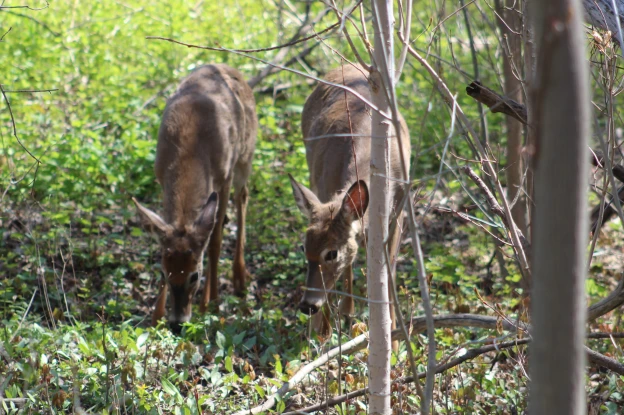
One of Whitemud Creek Ravine’s biggest draws is its rich biodiversity. As a relatively undisturbed habitat, it supports a wide range of flora and fauna. Birdwatchers frequently visit the area to spot species such as chickadees, nuthatches, blue jays, pileated woodpeckers, and great horned owls. During spring migration, you may even encounter rarer species making a brief stop.
Mammals are also common. White-tailed deer are often seen grazing near the tree lines. Red foxes, hares, squirrels, and porcupines are regular residents. Along the creek, you might spot beavers or muskrats working on their lodges, especially around dawn and dusk.
The plant life is just as fascinating. Towering aspen, poplar, and birch trees form a dense canopy, while understory plants like wild rose, dogwood, and high-bush cranberry add texture and color. Seasonal blooms, such as goldenrod in late summer and wood anemone in spring, add bursts of color to the greenery.
Nature lovers should tread carefully and avoid leaving the marked trails, both for their safety and the protection of the ecosystem. Whitemud Creek Ravine is a prime example of how urban parks can serve as vital sanctuaries for wildlife.
Year-Round Outdoor Activities
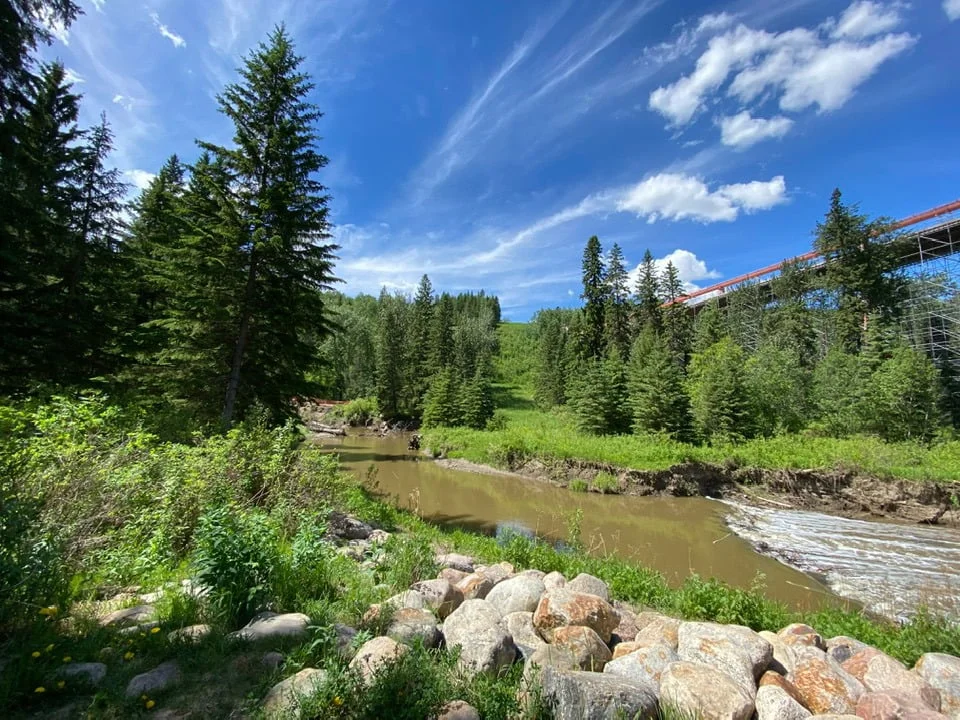
Whitemud Creek Ravine offers a wealth of recreational opportunities throughout the year. In the warmer months, it’s a haven for hiking, biking, trail running, and dog walking. Families enjoy picnics in designated areas and nature scavenger hunts along the way. The gentle slopes and well-defined paths are accessible for a wide range of ages and fitness levels.
Cyclists will find certain trails suitable for mountain biking. While not overly technical, the natural terrain and occasional roots and rocks keep the ride interesting. It’s advisable to stick to multi-use trails where cycling is permitted.
In winter, the ravine transforms into a snowy wonderland. While the main trails remain open, snowshoeing and winter hiking become popular. Some parts of the ravine also serve as cross-country skiing routes, though skiers should be mindful of mixed-use trails. The snow-covered trees and ice-crusted creek offer stunning winter scenery for photography.
Dog owners love the ravine for its multiple off-leash zones, though dogs should be leashed in all other areas to protect wildlife and fellow visitors. The natural peace and quiet of the ravine also make it an ideal location for yoga, meditation, or reading outdoors.
Entry Points and Parking Areas
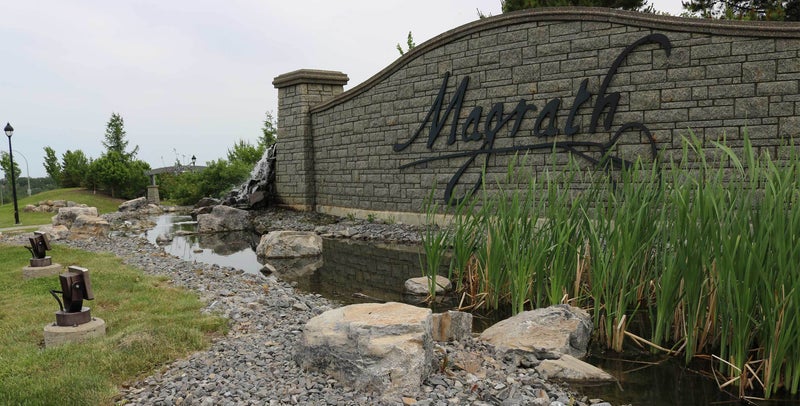

There are several access points into Whitemud Creek Ravine, each offering unique advantages. Here are the most commonly used ones:
Snow Valley Access (Rainbow Valley Road NW)
This northern entrance is one of the most popular. It features a large parking lot and easy access to wide, well-marked trails. Seasonal amenities like restrooms and picnic tables make it ideal for families.
Magrath Heights Access
Located in a residential neighborhood, this entrance is quieter and less developed. Street parking is typically available, and the trails here feel more remote. It’s great for birdwatchers and experienced hikers.
119 Street NW (Aspen Gardens)
Another commonly used access point that offers quick entry into mid-ravine trails. It’s especially popular with dog walkers thanks to nearby off-leash zones. Limited parking is available on surrounding streets.
Each of these entry points connects to the larger trail network, so you can plan loop routes or one-way hikes with a bit of planning. Trail maps are available online and posted at many entrances.
Tips for an Enjoyable Visit

To ensure a safe and enjoyable experience at Whitemud Creek Ravine, consider the following tips:
- Dress Appropriately: Wear sturdy, weather-appropriate shoes. Layer clothing depending on the season, as temperatures can change quickly in shaded areas.
- Pack Essentials: Bring water, snacks, sunscreen, and insect repellent. In winter, traction cleats or snowshoes may be helpful.
- Practice Trail Etiquette: Yield to uphill hikers and faster users. Keep noise to a minimum, especially in areas known for wildlife viewing.
- Be Wildlife Aware: Do not approach or feed animals. If you encounter larger mammals like deer or coyotes, observe from a distance and remain calm.
- Stay on Trails: This protects fragile ecosystems and reduces your risk of injury or getting lost.
- Leave No Trace: Take all garbage with you and avoid picking plants or disturbing animal habitats.
With proper preparation and respect for nature, your visit to Whitemud Creek Ravine will be rewarding and rejuvenating.
Final Thoughts
Whitemud Creek Ravine is more than just a park; it’s a living, breathing ecosystem right in the heart of Edmonton. Its beauty lies in its diversity—of plants, animals, and experiences. Whether you’re visiting for a quick afternoon walk or spending the entire day exploring, the ravine offers serenity, adventure, and discovery in equal measure.
As more people seek meaningful connections with nature, places like Whitemud Creek Ravine become even more important. By visiting responsibly and supporting local conservation efforts, you help protect this special place for years to come. So the next time you’re looking for a natural escape without leaving the city, consider the winding paths and peaceful charm of Whitemud Creek Ravine.

